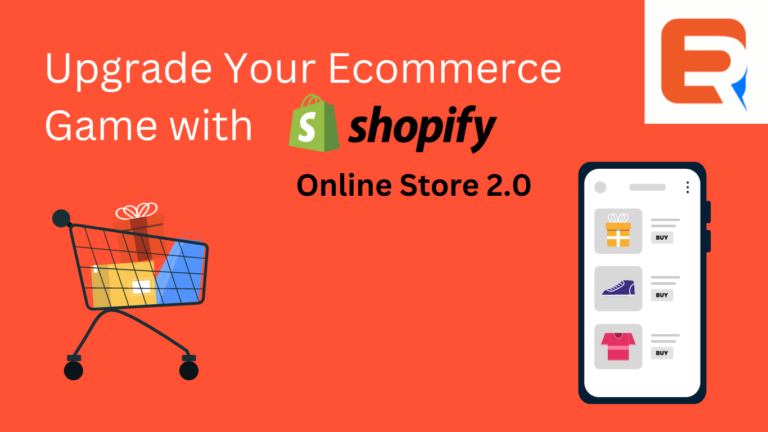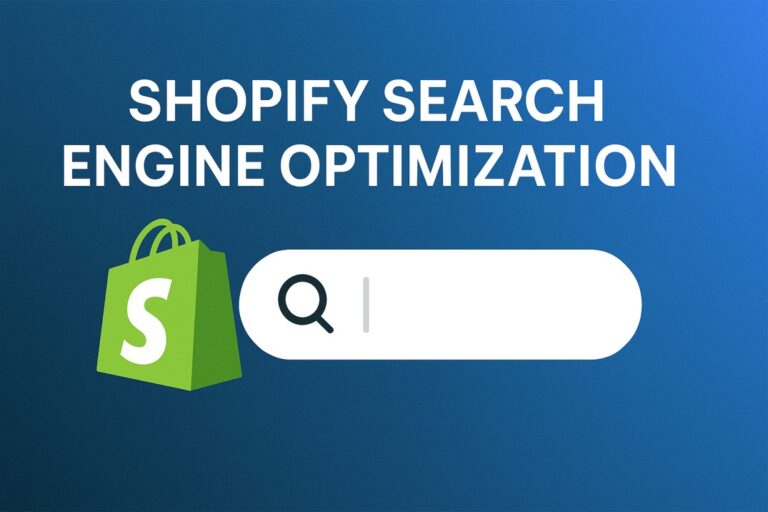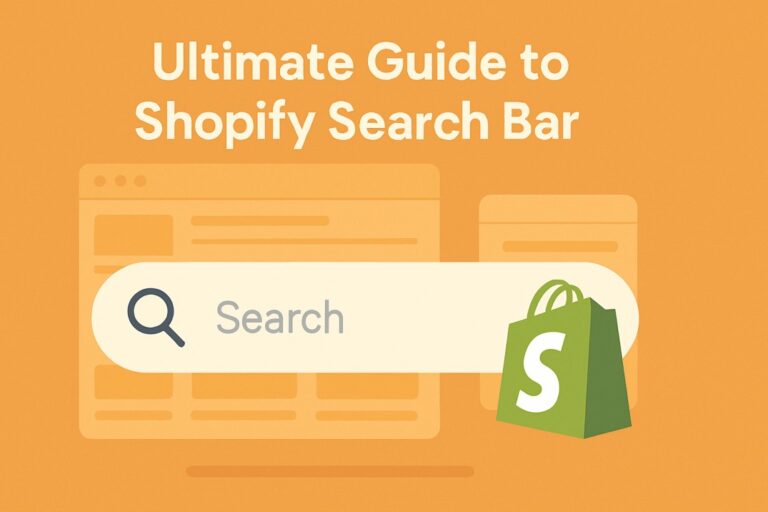A significant year for Shopify, 2021 saw the launch of the much-enhanced Online Store 2.0 during the Shopify Unite event, which was one of the greatest enhancements to the e-commerce platform yet. The ecommerce platform has undergone significant change as a result of this upgrade, piquing the attention of Shopify merchants and professionals worldwide who wondered how this new version improves upon the Shopify journey.
The fresh capabilities of Shopify 2.0, also known as Online Shop 2.0, are reinventing the shop design process. This rebuild was done to improve the experiences of traders, app creators, and Shopify programmers.
Why Do You Need to Update?
With the introduction of Online Store 2.0, the highly promised Shopify Unite event on June 29 did not disappoint. Along with the addition of the new capabilities, Shopify has improved the flexibility and customizability of its e-commerce platform for advertisers, programmers, and merchants alike.
With Shopify 2.0, the organization’s next-generation template engine, there is a fresh batch of Shopify themes available. Significant changes have been made to Shopify to increase its scalability for bigger e-commerce firms and enhance the platform’s usability.
According to several analysts, Shopify 2.0 has an opportunity to make the company so well-known in the ecommerce industry that Shopify will no longer be seen as an option for start-ups and smaller enterprises but as one that is targeted at bigger ecommerce firms.
Some of the New Features
Shopify has committed to its network and developer tools initiatives. The challenge of re-platforming is not an obstacle for Shopify’s online shop owners when creating headless commerce shops or customizing storefronts. Let’s check out the recent updates –
-
The App Modularity
With Shopify 2.0, you may add and remove user interface elements using a theme builder without having to read the source software thanks to application modularity. You can easily manage, collaborate with, and host an app’s supporting materials for the application using the Shopify 2.0 interface.
-
A Better Checkout Process
The checkout procedure will be much faster on Online Shop 2.0, allowing any shop to execute thousands of payments in a single minute.
By using the Checkout Plugins, the Shopify apps can be integrated inside the Shopify Checkout. Additionally, these checkout adjustments will be compatible with Shop Pay, giving retailers access to the quickest payment method on the internet and a new brand interface.
Soon, Shopify will make it possible for stores to provide new payment alternatives, enhancing localized shopping while boosting merchant conversion rates.
To give the users a delightful shopping experience, the purchase right now, pay afterwards option is also offered.
-
Flexible 404 Pages
Customers who click on an invalid link on your website are sent to this page. This has often included a button to carry on browsing and some wording that says, oops, we couldn’t find that.
You must modify the theme’s code to add goods or categories to turn that page into a shoppable one. Then, using Online Store 2.0, you can add components to that site just as you do anywhere. Including a section with links to your top-selling items and collections is straightforward to do.
-
Modular Store Content
Without writing code or utilizing APIs, retailers can now add meta elements and attributes to their themes. It implies that merchants can include the information they need on the page for the item, such as a place for customers to submit a size chart or component list. Meta sections can also include unknown items that will be displayed in the primary store editor.
Media storage options, including PDF files and photographs, are now available through Metafields. The methods for choosing and uploading media on product listings are also made simpler.
The file selection makes it simple for retailers to select the appropriate file and insert it where their theme’s file meta feature is located if they want to display a product assurance or size graph on their goods page.
This GraphQL API allows programmers to select or upload files with media from the Settings/Files folder.
It allows apps to use this area for data and images irrelevant to a particular product, such as themes’ image files. The Shopify themes has further details regarding the Files API.
-
Configuration for Liquid Input
Due to the liquid entry option in the 2.0 upgrade, users may now easily add the liquid script to webpages from Shopify’s builder.
The sole difference between the Liquid property and the HTML property is that liquid parameters are now available. As a result, traders have access to both worldwide and template-specific Liquid entities.
The requirement for retailers to manually modify any theme’s code when introducing code for programs that utilize the liquid will be removed by this functionality. This gives you as a developer the ability to influence store choices while also freeing up time to concentrate on creative integrations and solutions.
The Fresh ‘Dawn’ Theme of Shopify
With a new and enhanced Theme Architecture that eliminates prior design restrictions, 2.0 provides merchants and programmers greater freedom to create shops that easily fit their company’s vision. With its Sections Everywhere characteristic, the updated theme architecture aims to give merchants and programmers a more flexible customizing experience.
Additionally, the new Dawn theme design is faster than the previous Debut theme. As a result, if you upgrade to Shopify OS 2.0, your website will run more quickly. The new theme, however, goes beyond simply increasing the site’s performance.
With the new theme, you have a lot more editing flexibility. Each component of the store can be arranged hierarchically. You don’t need to locate Shopify engineers or cope with the cryptic code language to repair anything in your business.
Final Words
Shopify 2.0 is complimentary if you already manage a store with your selected subscription and a 2.0-compatible design. The revision was created to enhance the 1.0 edition and was made available to enhance the performance for both current and future Shopify businesses.
Without assistance from a third party, it is feasible to upgrade from Shopify’s previous version to the new 2.0 edition, however, you might want to spend money on a new theme or speak with Shopify Professionals for assistance with site upkeep and a smooth transition.




